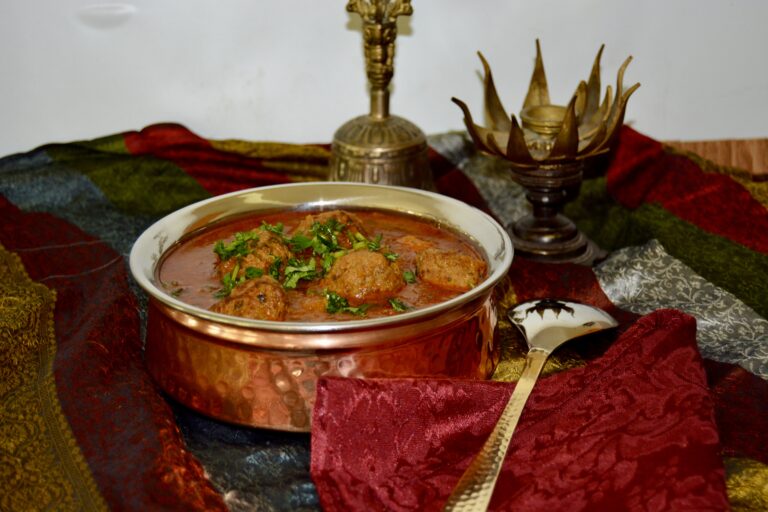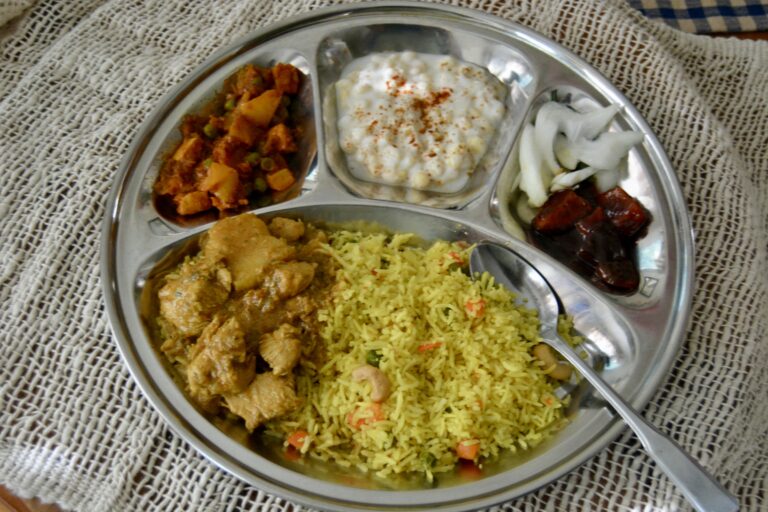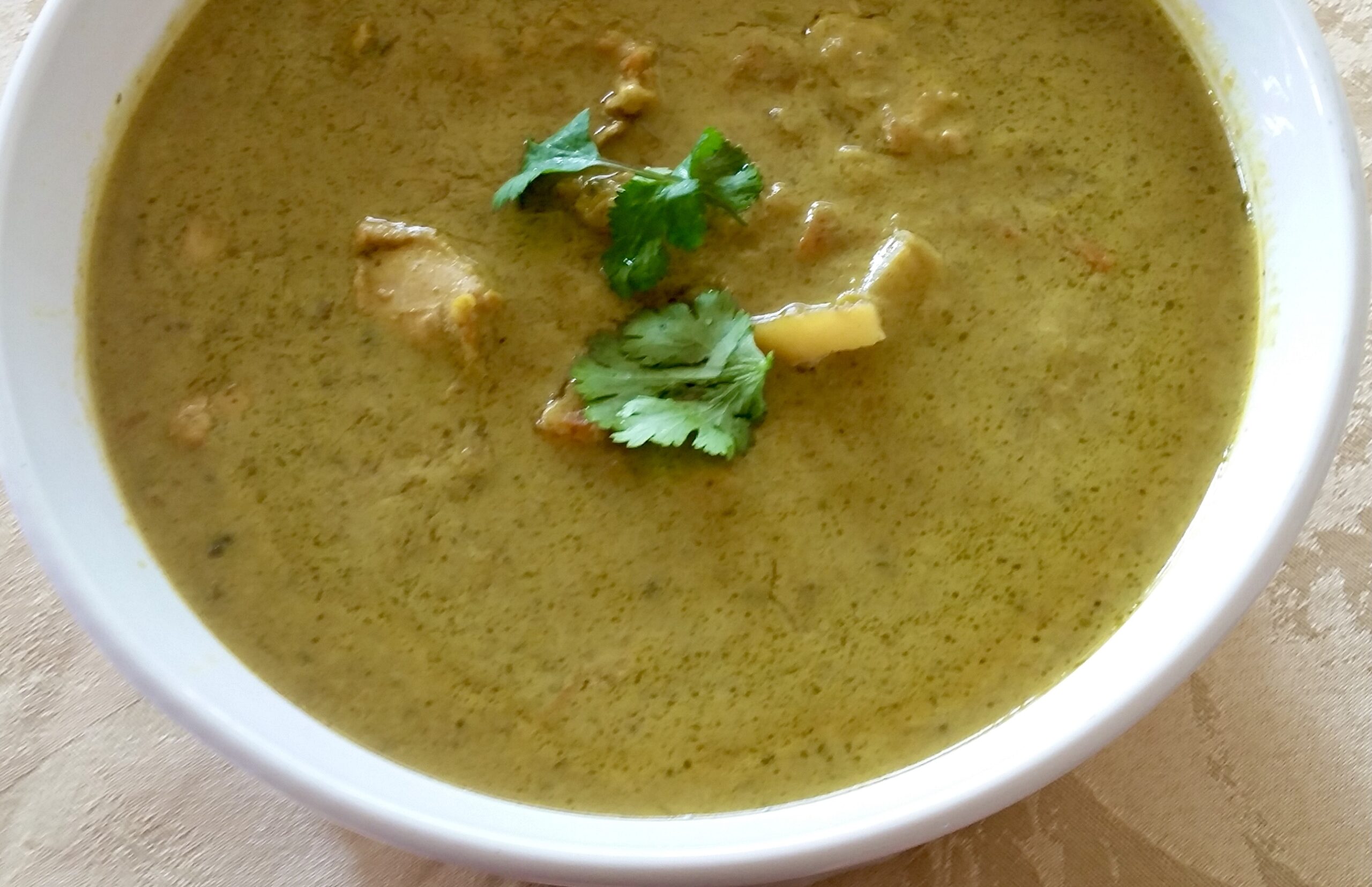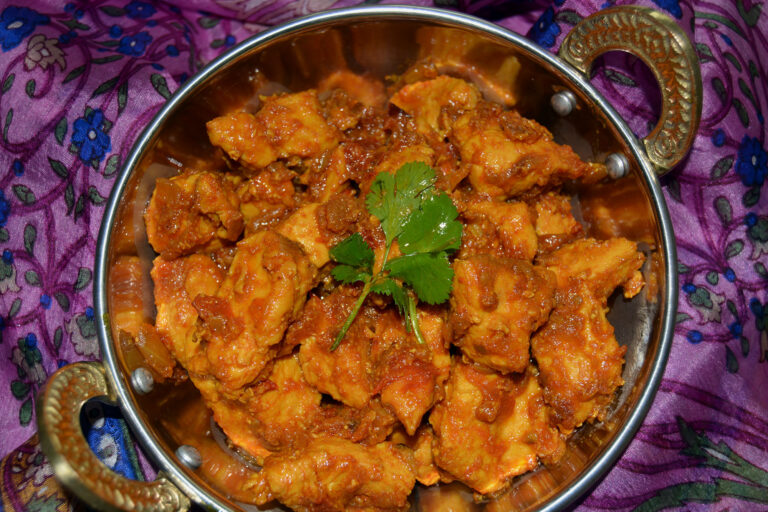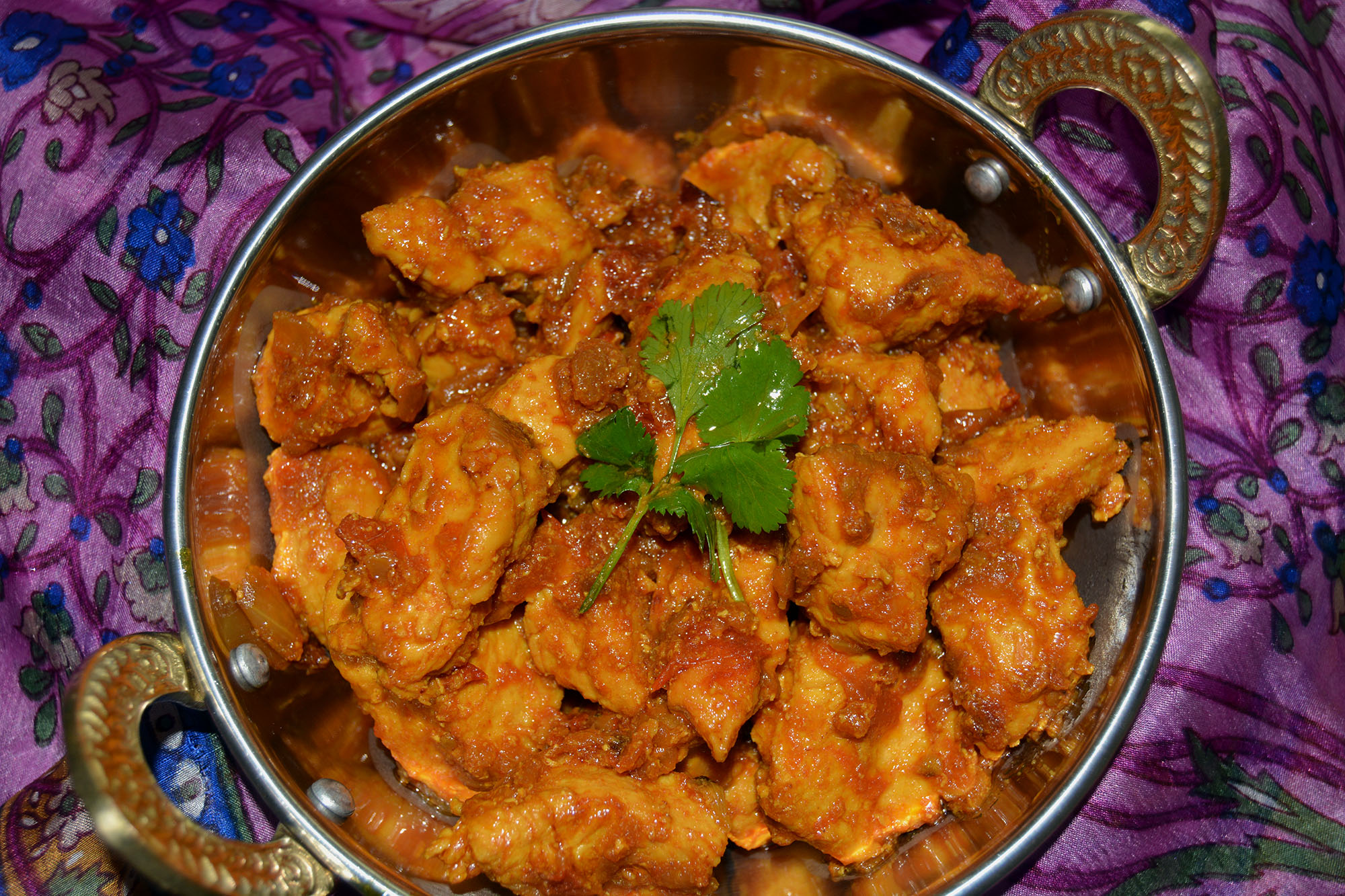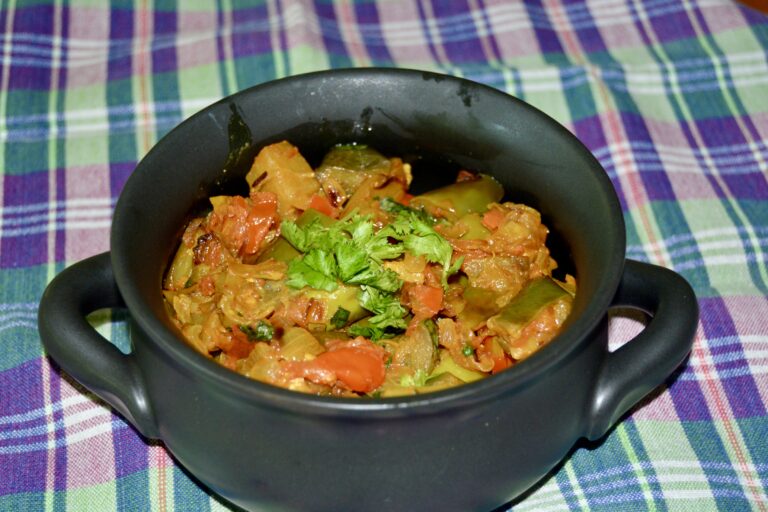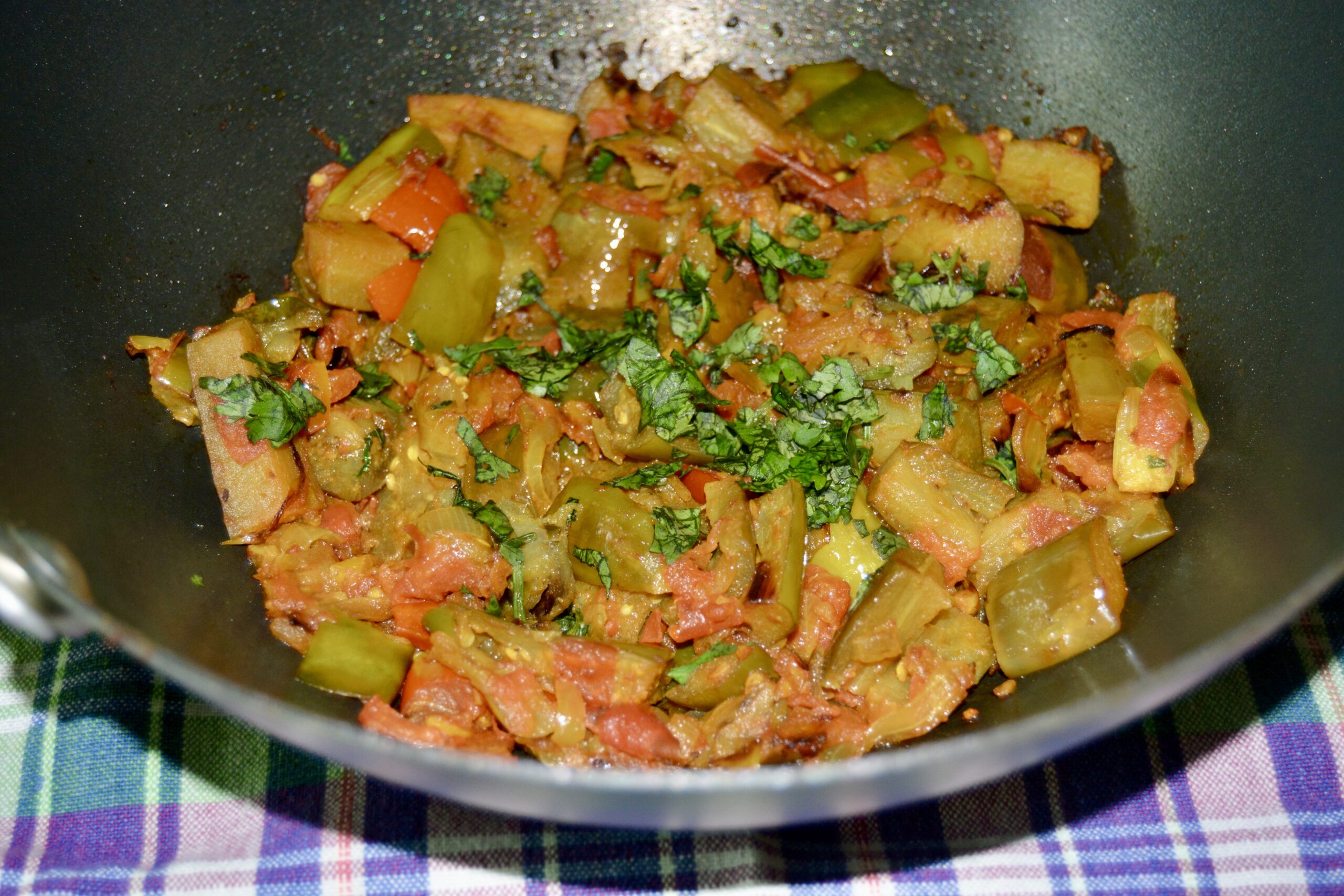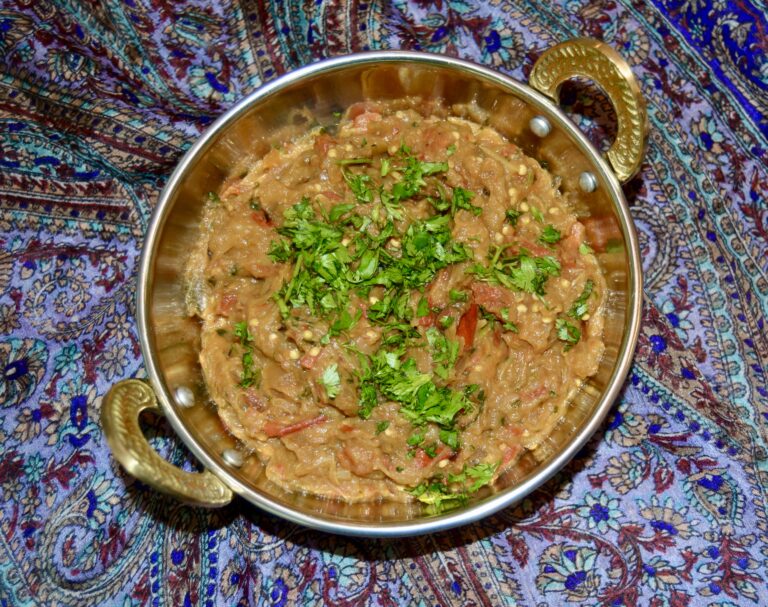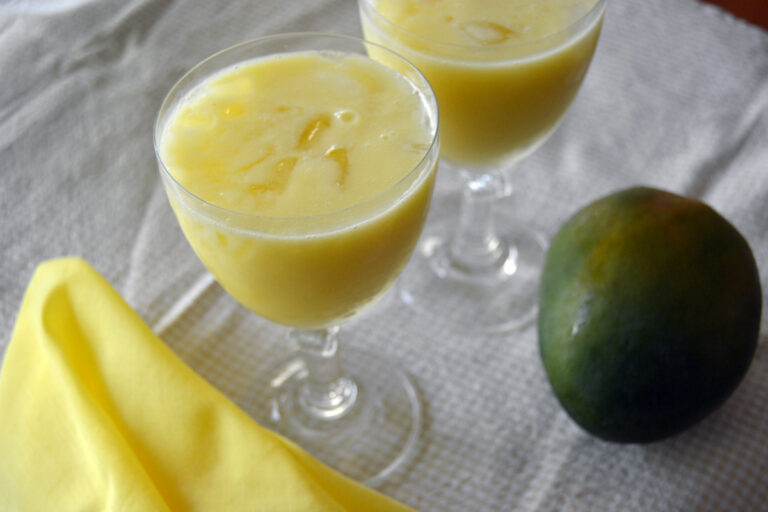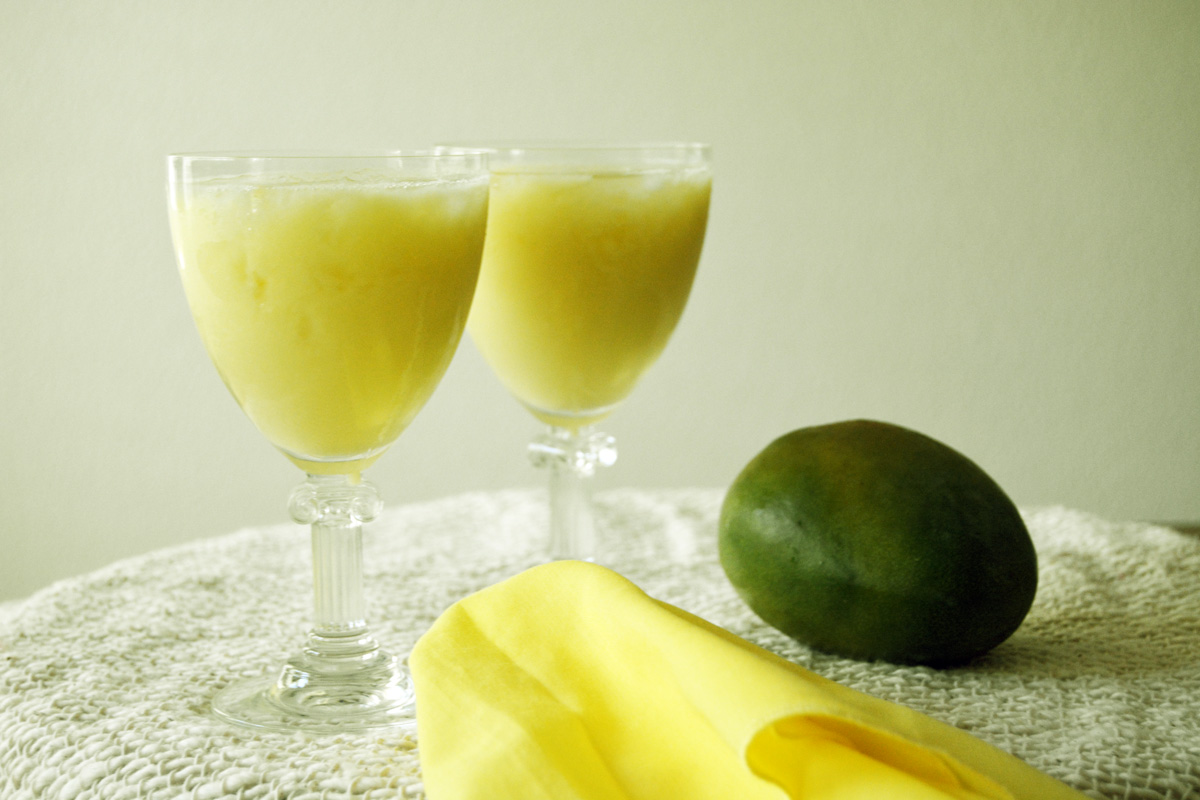It was a Saturday afternoon in Calcutta (now called Kolkata), and instead of being sent off to take an afternoon nap, which we detested, Mama roped us kids in to helping the cook prepare the koftas for the big party at our home that evening. Cook spread out a mat on the kitchen floor, first making sure we washed our grimy hands. Then, sitting cross-legged on the mat, we raced to see who could make the best and most kofta balls. Needless to say, we finished in double quick time, so ended up having to take a nap anyway!
The parties were always exciting. We had a huge front verandah that ran the length of the house. We would have a live band with great jazz music. French chalk powder would be sprinkled around one area of the verandah to make the polished marble was smooth for dancing. We were allowed to mingle with the guests when they arrived, but, after making an appearance and treating ourselves to tasty hors d’oeuvres, we were then shunted off for dinner in our private dining hall and early bed. Of course, we would sneak out to peer through door cracks to watch all the dancing and fun until Nanny found us, and we had to run back to our rooms. Our parents gave great parties and the crowd was always huge!

Kofta Curry (Meatballs Curry)
Ingredients
For the Koftas
- 2 lbs ground beef ( )
- 3 tsp garlic salt (or regular salt with added fresh garlic paste)
- 2 tsp onions (finely diced)
- 2 tsp fresh cilantro (chopped)
- ½ tsp salt
- 2 tbsp oil (to sauté meatballs)
For the Curry
- 4 tbsp cooking oil
- 1 large black cardamom
- 2 green cardamoms
- 2 sticks cinnamon (1-inch long sticks)
- 9 peppercorns
- 2 bay leaves
- 3 medium onions (diced finely)
- 2 medium tomatoes (diced finely)
- 2 tbsp tomato paste
- ¼ tsp tumeric powder ( )
- 1 tbsp corriander powder
- 2 tsp ground ginger
- 2 tsp ground garlic
- salt to taste
- ¼ tsp red chili powder (optional)
- 2 medium potatoes (peeled and cut into 4 or 8 pieces, optional)
Instructions
For the Koftas
- Mix all ingredients (except the oil) together and form into balls, about 1" in diameter.
- Heat oil in a deep pan, add koftas, and sauté a few minutes, rolling them around gently until the koftas are no longer pink, about 8-10 minutes.
- Cover, lower heat, and cook for about 5 minutes.
- Remove the lid and continue to sauté until koftas are lightly browned, but still moist.
- Remove the koftas from the pan, and set aside on a paper towel to absorb any excess fat.
For the Curry
- In a 4-6 quart pot, heat the oil on medium heat.
- Add whole spices and stir a couple of times, then add the chopped onions and sauté until they are three-quarter browned, about 10-15 minutes.
- Add the spices, ground ginger, and garlic. Continue to sauté for a minute or two.
- Now add the chopped tomatoes. Cook for 4 minutes until the tomato pieces start to curl.
- Add 2 cups of hot water and continue to cook another 5 minutes.
- Now add the kofta balls, lower heat, and simmer for another 10 minutes on low heat.
If Adding Potatoes
- When adding kofta balls, add the potatoes, add hot water to cover the potatoes, and continue cooking until the potatoes are done, about 15-20 minutes.
Final Hints
- Garnish with chopped green coriander.
- Serve with plain white Basmati rice, pea pilaf, or carrot rice.

